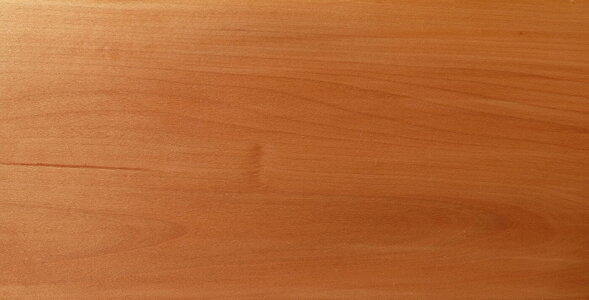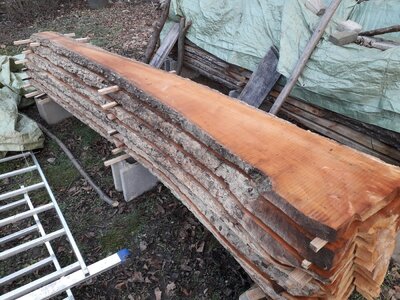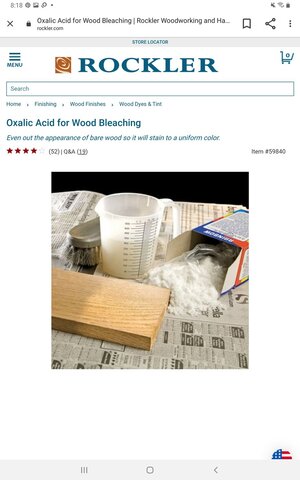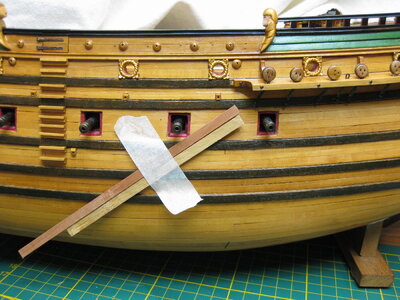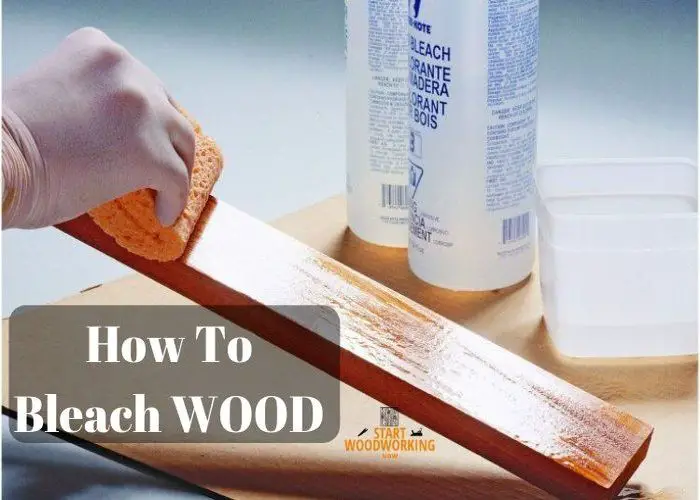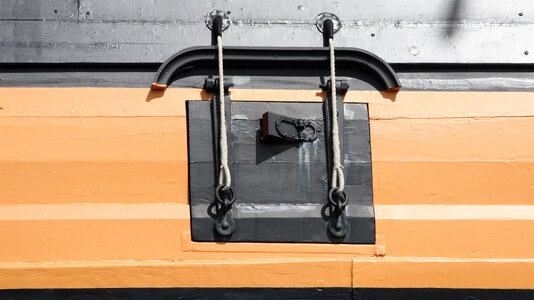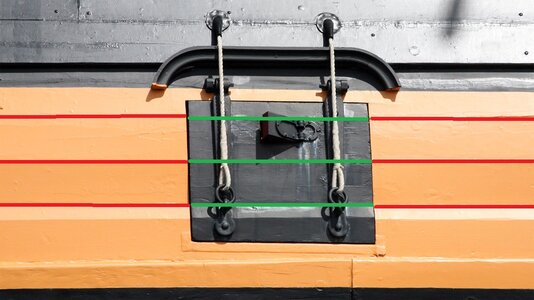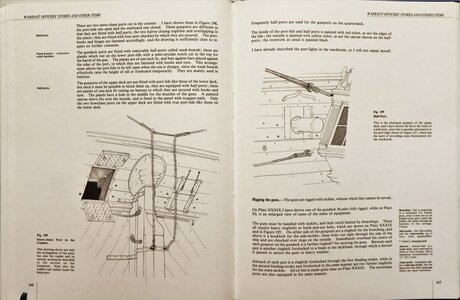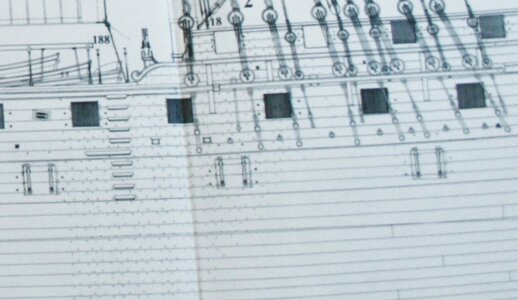- Joined
- Aug 8, 2019
- Messages
- 5,401
- Points
- 738

Hi folks,
question? The hull of the Prins Willem I'm building is made of non-steamed pear wood strips. But when I buy pear wood it is mostly Swiss pear wood (Steamed pear wood).
See below the problem in colour
non-steamed pear wood
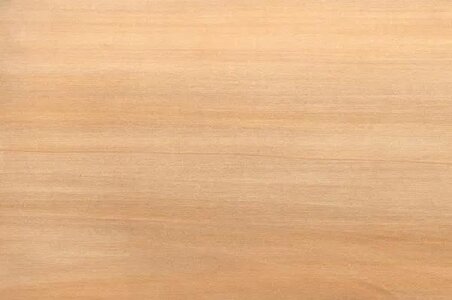
And steamed pear wood (swiss pear wood)
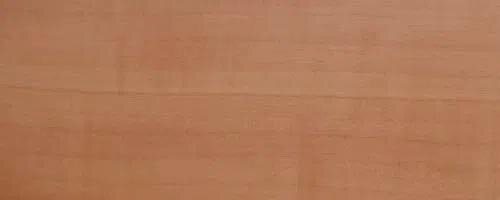
Is there a way to get the light yellow colour back and get rid of the pink colour?
I was thinking about bleaching with hydrogen peroxide and ammonia. But before I buy a lot of stuff that don't work (I hate to waste money) I hope that someone experience this before.
Thanks
question? The hull of the Prins Willem I'm building is made of non-steamed pear wood strips. But when I buy pear wood it is mostly Swiss pear wood (Steamed pear wood).
See below the problem in colour
non-steamed pear wood

And steamed pear wood (swiss pear wood)

Is there a way to get the light yellow colour back and get rid of the pink colour?
I was thinking about bleaching with hydrogen peroxide and ammonia. But before I buy a lot of stuff that don't work (I hate to waste money) I hope that someone experience this before.
Thanks


